
Foundations of theranostics
Radioligand therapy (RLT) and radioligand imaging (RLI) offer a novel, theranostic approach to targeting and treating certain types of cancer.1 This section of the Novartis RLT Institute is designed to help health care professionals (HCPs) understand the basic scientific foundations of RLT. By focusing on the science, we aim to demystify radiation and safety concerns and build confidence in offering patients this approach to precision medicine in cancer.
An emerging pillar of oncology care
The potential impact of RLT
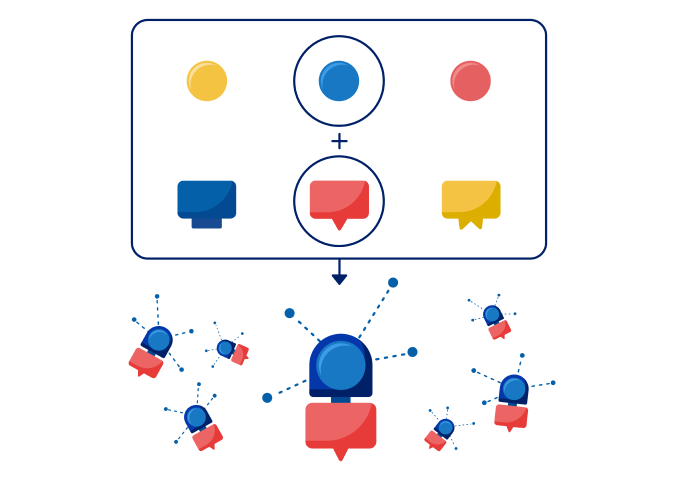
Cancer treatment cannot follow a one-size-fits-all approach, as each type of cancer has its own unique biology, a fact which demands flexibility in both our thinking and our solutions.2
RLT offers a novel way to mix and match isotopes and ligands to help diagnose, monitor, and treat cancer—like interchangeable building blocks. Since similar markers can appear across different tumor types, a single radioligand may have the potential to target and treat multiple cancers.2
With over 450 unique RLT clinical and preclinical projects in development across a broad range of potential indications industry-wide—including genitourinary (GU) cancers, gastroenteropancreatic neuroendocrine tumors (GEP-NETs), gastrointestinal (GI) cancers, neurological cancers, lung cancers, breast cancers, hematological malignancies, and other solid tumors—the future of RLT is poised to transform patient-centered cancer care.3,4
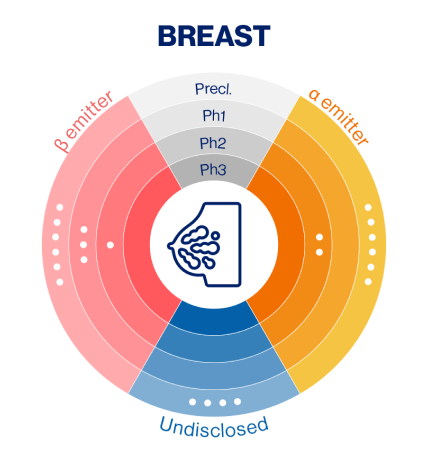
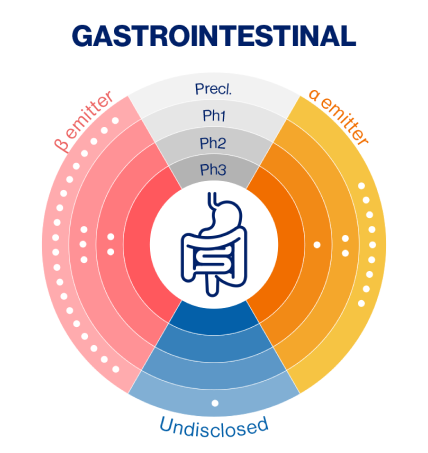
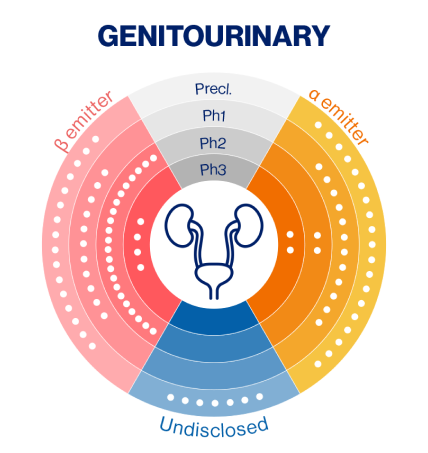
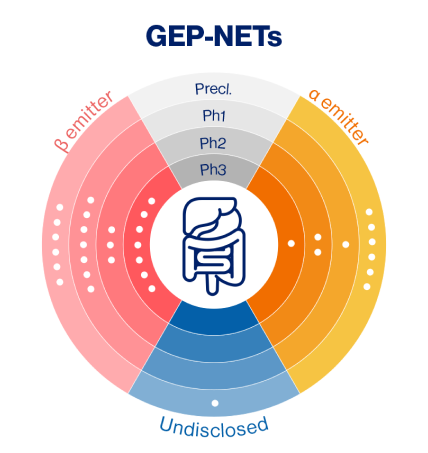
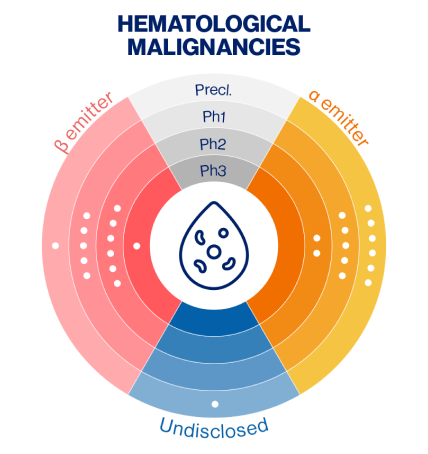
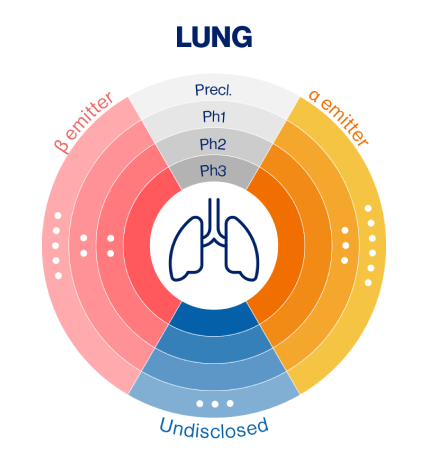
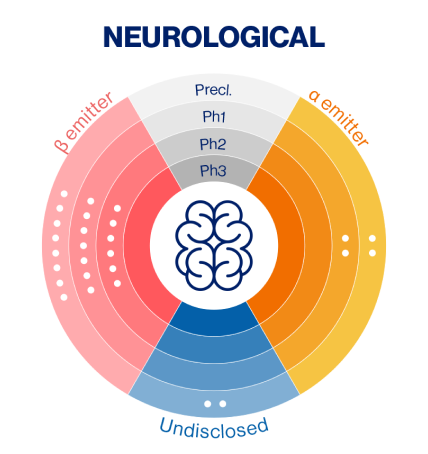
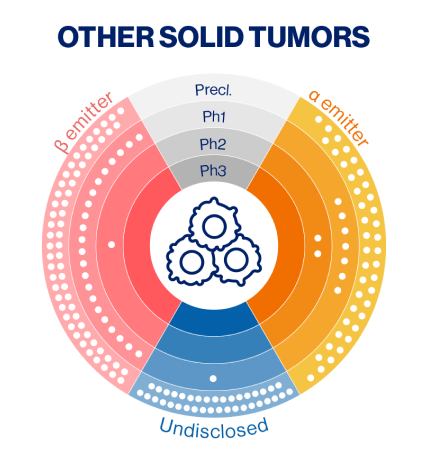
Our vision is to make RLT a routine part of cancer treatment, expanding access and partnering with health care systems worldwide to deliver hope to patients.
By advancing innovation and accelerating the integration of RLT into standard oncology practices, we are reimagining cancer care and paving the way for enhanced patient outcomes and a new era of patient-centered treatment possibilities.
